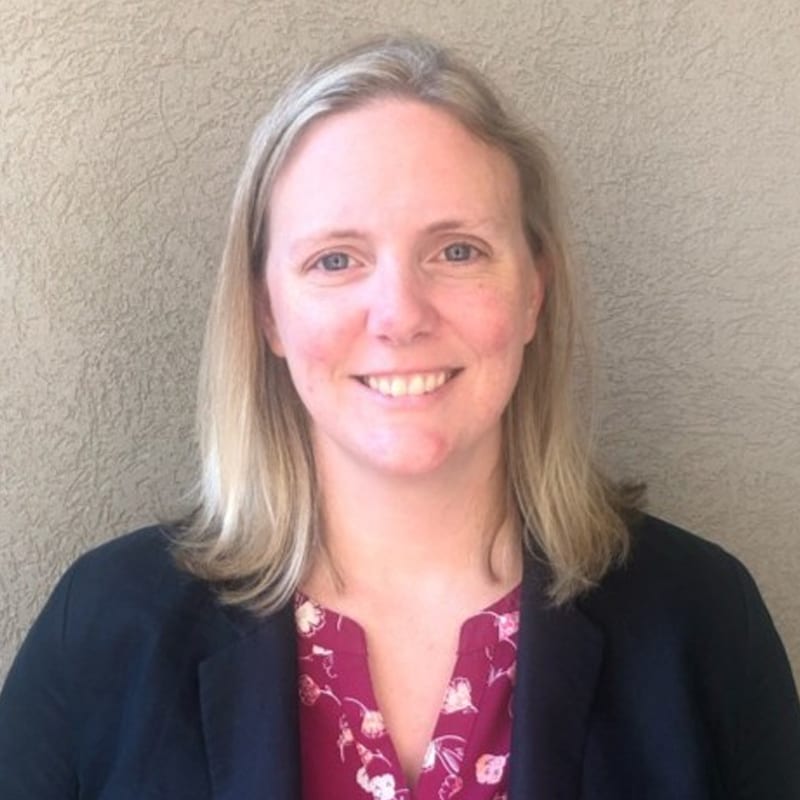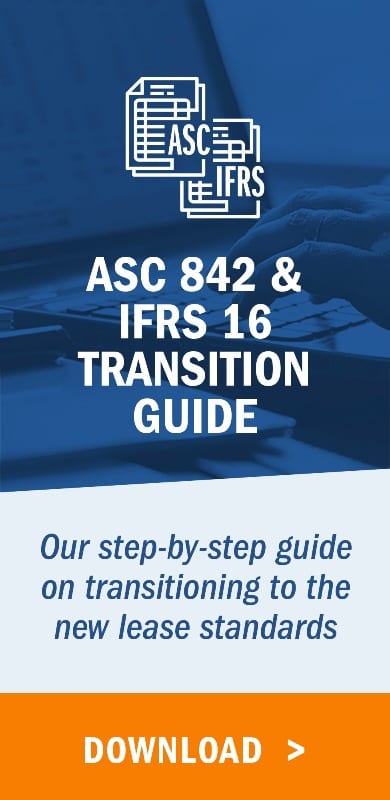Private companies are either in the process of implementing the new lease accounting standard, ASC 842, or they are preparing for the transition. With the shift to the new standard comes a lot of questions. We gathered a few LeaseQuery accountants who have traveled the road to transition themselves to help put your biggest concerns related to the lease accounting transition at ease.
Rachel Reed, Accounting Manager, Emily Fish, Product Accounting Specialist, and Sarah O’Sullivan, Director of Product discuss the biggest challenges they faced when adopting the new standard, as well as their best tips as your organization moves forward.

Rachel Reed, Accounting Manager

Emily Fish, Product Accounting Specialist

Sarah O’Sullivan, Director of Product
For those who haven’t implemented ASC 842, you can look to early adopters to determine the best process for your organization. While this blog will cover the basics, we encourage you to watch the on-demand webinar for more thorough information. Additionally, our ASC 842 Adoption Survival Kit has all the tips and tools you need for effective adoption.
Determining and evaluating lease accounting solutions
One of the biggest pieces of advice is to use specialized software with templates and auto-populated drop-downs to help organize your leases. They found it much more efficient than using Excel for lease accounting and entering the data manually. Using your own spreadsheets leaves you vulnerable to more errors and a larger risk of misstatements.
The biggest transition challenges
Transitioning to ASC 842 is certainly difficult work, but it can run smoothly if you prepare yourself for the challenges ahead. Our webinar panelists revealed their biggest transition challenges so you can see what the hurdles may be for your organization.
Looking past adoption day
When choosing an accounting solution, you must look beyond adoption day. Many accountants are so focused on the transition, they fail to recognize they will have to continue accounting under ASC 842 moving forward.
Don’t get so caught up in preparing for your effective date that you forget to set yourself up for the future, too. A lease accounting tool that can help you with reports and other documentation will save your organization time and resources down the line.
Use an effective lease accounting solution
When seeking a tool for lease accounting, consider using reliable software rather than Excel. Although many accountants have experience using Excel, manually entering data into a spreadsheet leaves more room for human errors that will impact your organization in the future.
Our accountants explained that they learned it’s better to use lease accounting software now to avoid auditors catching errors down the line through their transition process. Auditors play a key role in the adoption process. Audit procedures are drastically changing under the new standard, and you could face the dangers of audit risks and potential failures if you don’t prepare now.
Expecting the unexpected
When adopting ASC 842, our panelists found opportunities being created outside of their original expectations, especially when using a lease accounting solution. However, some unexpected challenges occurred as well.
The transition impacts everything
Our experts didn’t anticipate the way the new standard can impact everything. After implementation, they had to create new accounts, new balance sheet reconciliations, new month-end close tasks, and more. All of the processes they previously followed changed drastically once they implemented ASC 842.
Post transition, other departments were able to leverage the updated lease information to make more informed business decisions. Centralized data also encouraged better communication surrounding lease arrangements. Processes were improved and the organization became more efficient overall. Don’t underestimate the impact of ASC 842.
Better budgeting and forecasting
Many companies have seen an improvement in budgeting and forecasting since implementing the new standard. Finance teams can build accurate lease budgets for future periods and quickly make forecast predictions because of the data available and the ease it could be updated.
Determining and applying borrowing rates
According to ASC 842, the incremental borrowing rate (IBR) is “the rate of interest that a lessee would have to pay to borrow on a collateralized basis over a similar term an amount equal to the lease payments in a similar economic environment.”
Our experts talked through determining and applying the borrowing rates they used for transitioning. One expert came from a company with a solid corporate treasury department to help determine the rate, and it was also heavily scrutinized by the audit team. Our other expert didn’t have treasury to help calculate their IBR, so they consulted with a Big Four accounting firm to help determine their borrowing rates.
Both of these methods were applied by public companies. If you are a private organization, you also have the option to choose a risk-free rate instead of an IBR. While a risk-free rate may be an easier process, you will still have to talk with the same departments, document your decisions, and obtain auditor buy-in as you would with an IBR.
Tips for implementation
Because so many public companies have already adopted the new standard, plenty of advice is available for private companies currently going through the same process. Our experts gave us their top tips for implementation.
1. Start now rather than later
The first piece of advice from our accounting experts is to start now. The process is going to take longer than you anticipated. If you put it off until the last minute, you won’t have time to properly prepare for any complications you may have.
2. Use a reliable software solution
Our experts also recommend using a tested, reliable accounting software solution, like LeaseQuery, as you prepare to implement ASC 842. The software will also provide your organization with benefits beyond compliance. It can improve your budgeting and forecasting, as well as other financial decisions, and more.
3. Research companies who have already implemented ASC 842
Because public companies have already completed the adoption process, private companies getting ready to comply have plenty of examples from those who have implemented the new standard. Several resources exist to offer you the best tips and tricks for a smooth and successful adoption. Make sure you do thorough research to ensure you follow the process correctly.
Summary
As private companies move through the implementation process, they should look to public companies who previously completed the transition as guides. According to our accounting experts, now is the time to start adopting ASC 842. Time is of the essence. Use a comprehensive, proven software solution like LeaseQuery to ensure the implementation process runs smoothly.
To learn more, check out our ASC 842 Survival Kit, which includes an abundance of resources and tools to ensure your transition is successful from start to finish.



